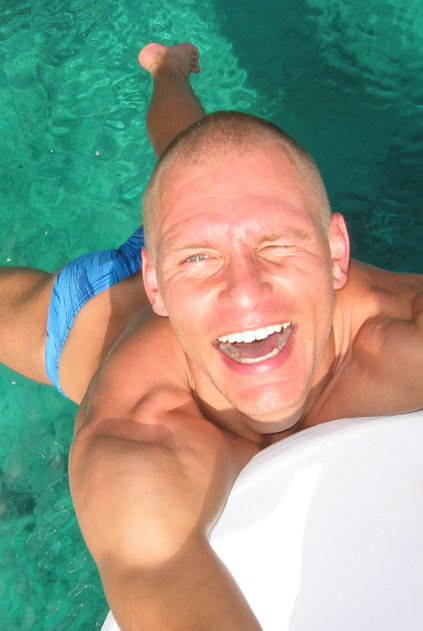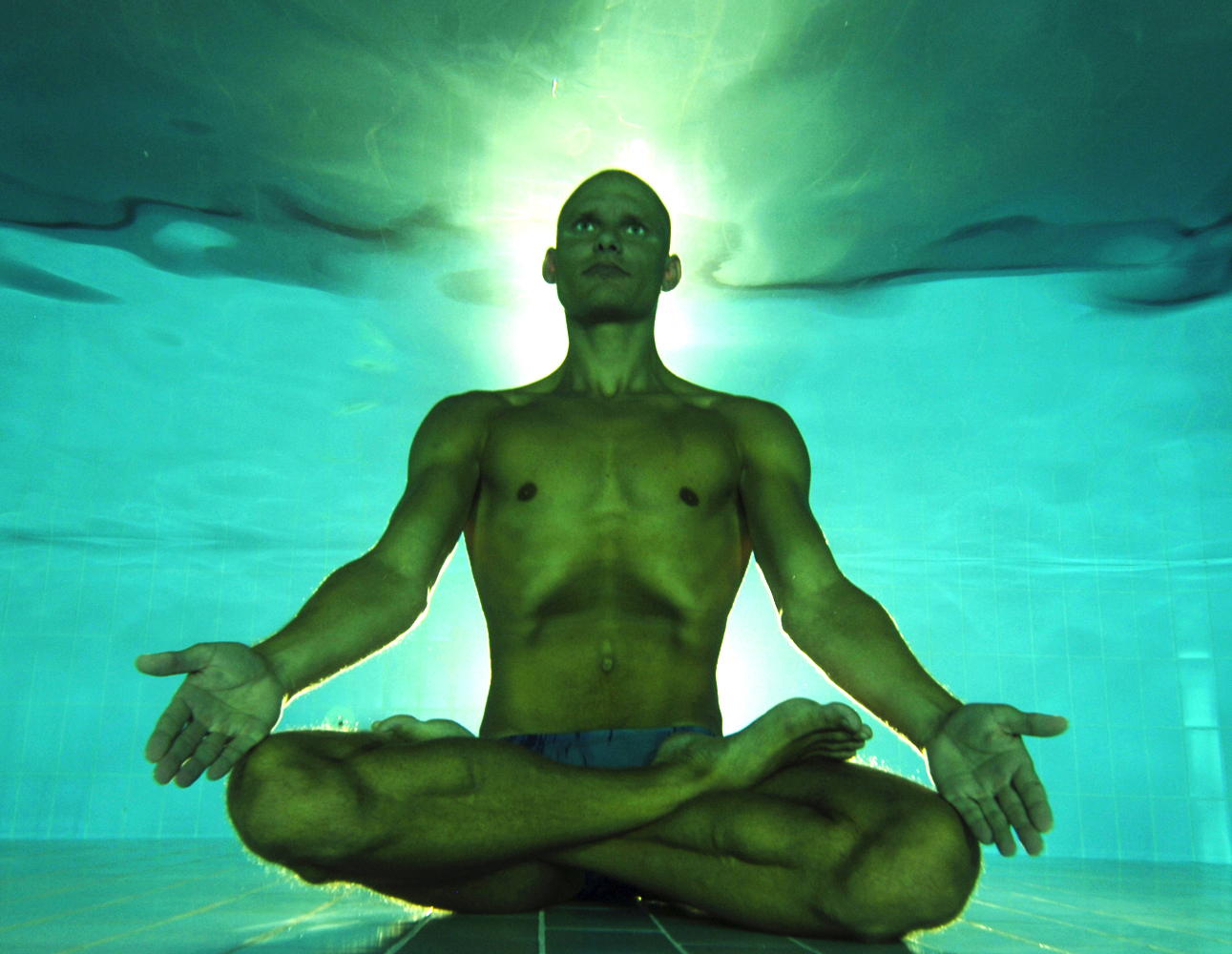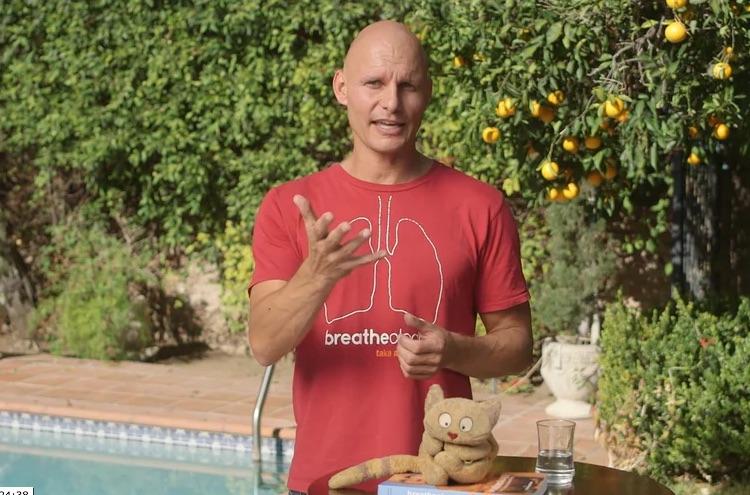What is Pranayama?
Pranayama is a traditional aspect of yoga and is composed of two Sanskrit words: The first, prana, meaning life force, and the second, ayama, meaning control. If we understand breath in terms of life force, there is a connection between controlling your breath and controlling your life force. The breath provides an easy access to gaining insight into the body and mind, and since it unites the two, breathing is essential to all yoga exercises.
“For he, who has gained control over his breath,
shall also gain control over the activities of the mind.
The reverse is also true. For he, whose mind is in control,
also controls the breath. The mind masters the senses,
and the breath masters the mind.”
HATHA YOGA PRADIPIKA
With pranayama you achieve a higher energy level in your everyday life, and you are granted the opportunity to reach a greater sense of self-insight and self-control. The word pranayama can be translated in several ways. Originally prana refers to “the energy of life”, but also covers concepts like the breath, wind, life, vitality, energy and strength. Ayama can be translated as regulation, expansion or dimension. Pranayama is often directly translated as “breath control”. This is not incorrect, but the essence of pranayama is the ability to take up and manage prana mainly by using your breath.
The fourth limb of Ashtanga
Pranayama is the fourth element in ashtanga yoga, and basically consists of a set of breathing exercises that contain three parts:
- Inhalation (puraka)
- Breath holding (kumbhaka)
- Exhalation (rechaka)
The main objective is to take up and regulate the vital prana. Together with the fifth element, pratyahara, pranayama bridges the gap between, on the one hand, the “outer” yoga that is the moral and self-disciplinary aspects of yamas and niyamas (first and second elements) and the physical aspects of asanas (third element), and on the other hand the “inner” yoga that consists of the concentration and meditation found in dharana and dhyana (sixth and seventh elements), ultimately leading to spiritual liberation or samadhi, the eighth element and the final goal of yoga. Therefore, in yoga it is in the connection of the physical world and body with the inner mind that pranayama and breathing play a central role.
Prana
It is not easy to define prana, but here are a couple of examples from everyday life. When you get up on a sunny morning with a clear blue sky, your energy level is likely to be higher than when you get up on a grey and wet morning. Let us presume that you have eaten exactly the same amount and type of food and performed the same work the two days prior. “Scientifically”, your energy level should be the same. However, it does not feel like it. When you feel exuberantly happy and can feel powerful energy bubbling inside, it is prana that is neatly tied to your consciousness.

“Mind and prana are mixed like water and milk.
Both of them are equal in their activities.
Where there is pranic movement or
activity there is mind (consciousness).
Where there is consciousness
there is prana.”
HATHA YOGA PRADIPIKA
You have probably met people that seem to radiate energy that almost seem to have a shining “aura”. Or perhaps you have felt how a person standing behind you was watching you – that energy and consciousness is also prana. If you have seen a dead animal or person, you will know that some form of energy is missing. Some call this energy the soul, and it is here that we are starting to conceive the meaning of the word. Prana is your energy, prana is your consciousness, prana is your soul. Any vibration in the Universe has its origin in prana’s dynamic life energy – the driving force of everything. According to yoga and the Hindu line of thought, death occurs when the prana exits the body, whereby the force that drives our breath disappears. Likewise, it is prana that initiates our breath, when we are born.

The art of pranayama is to control prana in whatever shape it may take in the body. If prana does not flow freely, your energy level will drop and in the worst case illnesses will arise. Thus it is essential to maintain clean energy channels, or nadis, to let prana flow freely. Similarly, it is important to be aware of the areas of the body that can store or even block prana. These centers are called chakras and are key points in the energy balance of the body.
Ida and Pingala
As described in the chakra article, the energy channel of ida takes off from the left nostril. Ida is symbolized by the moon and thus represents a cool and calming energy. In effect, the body becomes passive, relaxed and receives rest. In contrast, the pingala in the right nostril is the warm energy from the sun that activates and stimulates our organism.
These two opposing energy systems coincide remarkably well with the two branches of the autonomous nervous system that modern science has named the parasympathetic and sympathetic pathways. Just as the case was with the different chakras corresponding to our hormone producing glands and nerve centers, the thousand-year-old Indian knowledge on the double-acting function of the nervous system bears witness to a fantastic intuitive understanding of the human body and mind. Not only in a theoretical sense, but also of its function, because it is made clear that you can influence your own existence by grasping the very fine axis of life that is breath.
According to this, ida (the moon) is the soothing parasympathetic pathway, while pingala (the sun) is the activating sympathetic pathway that keeps us alert and prepares us for “combat”. When these two parts of the nervous system – sun and moon – are brought into balance by the breath, energy will be able to flow freely throughout the body. The brain will calm down, work harmoniously and effectively and will prepare for a higher level of consciousness. This is the ultimate purpose of yoga and pranayama. And when there is a perfect balance between the two nostrils, samadhi (place of unity) can be experienced.
Being part of the parasympathetic pathway the vagus nerve can be activated by pranayama exercises. This has been practiced in yoga for thousands of years but has only within recent decades caught the attention of physicians. For instance, the effect of breathing through only one nostril has been subject to some scientific attention (Telles et al, 1994, 1996 and Jain et al. 2005).
When you commence pranayama, do not hold your breath, but let your inhalation and exhalation be of equal length (ration 1:1). When you control your breath to the point where it flows harmonically, you can expand the exhalation to twice the time of the inhalation (ratio 1:2). It might take you a week to learn this, perhaps even a month! Subsequently, you can start to hold your breath between the inhalation and exhalation (ratio 1:1:1). When you have accomplished this, the ratio can be varied in a number of ways, but a very commonly applied ratio is 1:4:2: e.g. inhale 10 seconds, hold your breath 40 seconds and exhale 20 seconds. In this example one cycle will last 1 minute and 10 second.
Try pranayama
As described above, classic pranayama consists of three parts: inhalation, exhalation and the interposed pause (kumbhaka). When you hold your breath with your lungs full of air, it is denoted antara kumbhaka, and when the breath is held on empty lungs it is called bahya kumbhaka. The art of pranayama is to control the three phases of the breath, especially exhalation and breath holding.
The core of pranayama is to calm the senses and the mind by means of the breath, especially by working towards achieving a balance of the flow of air between the two nostrils. In fact, almost every other hour the balance between your nostrils shifts. Close one nostril at a time and breathe in – which nostril dominates right now?
If you liked this article you are most welcome to share it with your friends…
Free Course On Relaxation
The FREE Breathing Discovery Class
Explore your own true breathing (and breath holding!) potential.
Follow the simple exercises and feel the immediate shift in your mind and effect on your body and soul.
It covers three lessons about benefits of conscious breathing, and how it will benefit your health and relax your mind.
Read more